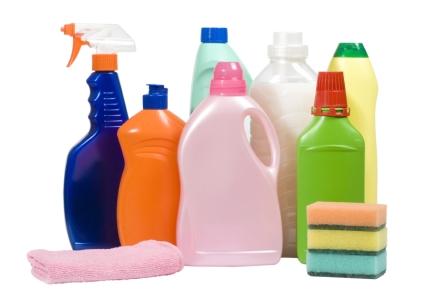The Truth About Chemical-Free Products: Separating Fact from Fiction

??????????????????????????????????????????????????????
As consumers become increasingly concerned about the potential health risks associated with chemicals in everyday products, the demand for chemical-free alternatives has skyrocketed. But what exactly does chemical-free mean, and are these products really as safe and effective as they claim to be?
First and foremost, it's important to understand that the term chemical-free is a misnomer. Everything around us, including the air we breathe and the water we drink, is made up of chemicals. Even natural ingredients like essential oils and plant extracts are composed of complex chemical compounds.
What most people mean when they say chemical-free is that a product does not contain synthetic or artificial chemicals, such as parabens, phthalates, and sulfates. These chemicals have been linked to a range of health concerns, including hormone disruption, allergic reactions, and even cancer.
However, just because a product is labeled as chemical-free does not necessarily mean it is safe or effective. In fact, some natural ingredients can be just as harmful as synthetic ones if used improperly or in high concentrations.
For example, essential oils can cause skin irritation and even chemical burns if not properly diluted. Some natural preservatives, such as rosemary extract and grapefruit seed extract, have been found to contain synthetic chemicals like benzalkonium chloride and triclosan.
So, how can you tell if a chemical-free product is truly safe and effective? Look for products that are certified by reputable third-party organizations, such as the Environmental Working Group or the Natural Products Association. These certifications ensure that a product meets strict standards for safety, purity, and environmental sustainability.
In addition, do your own research and read product labels carefully. Look for ingredients that you recognize and can pronounce, and avoid products that contain potentially harmful chemicals like formaldehyde, propylene glycol, and synthetic fragrances.
Ultimately, the best way to ensure that you are using safe and effective products is to educate yourself about the ingredients and manufacturing processes used in the products you use. By doing so, you can make informed choices that support your health and well-being.
In conclusion, the term chemical-free is a misnomer, and not all natural ingredients are safe or effective. To ensure that you are using products that are truly safe and effective, look for third-party certifications and do your own research. By taking a proactive approach to your health and well-being, you can make informed choices that support a healthier, happier life.


